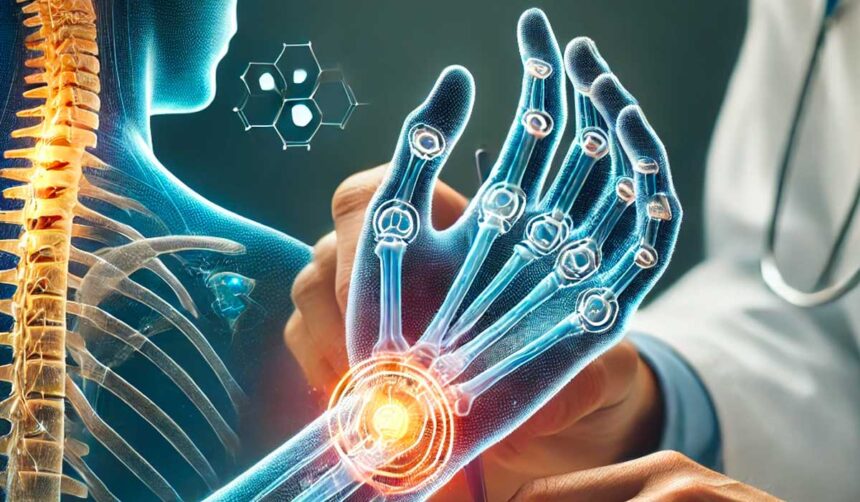Welcome to a new understanding of Carpal Tunnel Syndrome, a condition that has touched the lives of many, including public figures like Jessica Alba and David Price. Traditional views confine CTS to the wrist, but my findings reveal its origins can be traced back to the neck. This discovery opens the door to innovative treatments that address the broader neuromyofascial pathways implicated in CTS, offering hope and healing to those affected.
Empowering Recovery: Transforming the Approach to Carpal Tunnel Syndrome
People with CTS usually report numbness, tingling, and weakness affecting the thumb, index, middle, and half of the little finger, which is the typical innervation of the median nerve.
Carpal tunnel syndrome is getting way out of hand. In fact, for many people, the disorder actually starts from a compression syndrome within the neck. Let me explain how this is possible.
The Neck Connection
- Whiplash Injury: It often starts with a whiplash injury in the neck or upper back, or from repetitive neck and/or upper back injury from computer work or other repeated tasks.
- Scar Tissue: At the spinal level, high-density scar tissue invisible to most MRI begins to accumulate in the neck, causing structural changes within the base of the neck, often leading to a motor neuropathy.
- Motor Neuropathy: A motor neuropathy is when part of a spinal nerve is compressed or injured, affecting muscles down a limb. In this case, the motor neuropathy causes chronic shortening of some neck muscles and some shoulder and forearm muscles.
- Tension and Pressure: These shortened muscles cause a variety of pressure or tethering sites along the path of the median nerve, which then, under tension, rubs within the carpal tunnel, becoming irritated, swollen, and injured, leading to the common symptoms of carpal tunnel syndrome.
Innovative Treatment Approaches
With special rehab care applied to certain areas of the neck, spine, and upper limb, most carpal tunnel syndrome can be resolved in one or two rehab visits without the need for any surgery.
A Broader Perspective
Wrapping up our discussion on carpal tunnel syndrome (CTS), it becomes clear that our understanding of this condition has profoundly evolved. No longer confined to wrist-based interventions, we’ve uncovered a broader, more intricate landscape of causality—often rooted in the neck and manifesting through a series of neuromuscular domino effects. This shift towards recognizing and treating the upstream factors marks a significant leap forward in our approach to neuropathic pain management.
Through targeted rehabilitative care, focusing on the neck, spine, and upper limbs, we’ve demonstrated that the vast majority of CTS cases can be effectively resolved, bypassing the need for surgical procedures. This revelation offers hope for those trapped in chronic pain and underscores the efficacy of patient-centered, non-invasive treatments. Our commitment to pushing the boundaries of conventional treatment paradigms ensures that individuals suffering from CTS receive the most advanced care possible, tailored to their unique condition.
As we continue to pioneer in the field of Neuromyofascial Science, I invite you to join us in this journey of discovery and healing. Recognizing the neck’s pivotal role in the development of CTS not only enhances our diagnostic accuracy but also enriches our therapeutic arsenal. By embracing a broader, more integrative approach, we empower individuals to overcome CTS without resorting to surgery. This advancement in understanding and treatment is a testament to the potential of Neuromyofascial Science to transform lives.
Medical Disclaimer:
The information provided in this article is for educational and informational purposes only and is not intended as a substitute for professional medical advice, diagnosis, or treatment. Always seek the advice of your physician or another qualified health provider with any questions you may have regarding a medical condition or treatment and before undertaking a new health care regimen, regardless of your location. Never disregard professional medical advice or delay in seeking it because of something you have read on this website.
AI Disclaimer:
The images and abstracts featured in our blog posts are generated using artificial intelligence. While we strive for accuracy and relevance, there may be occasional discrepancies or errors. We appreciate your understanding and encourage readers to consider the context and intent behind these AI-generated elements.




